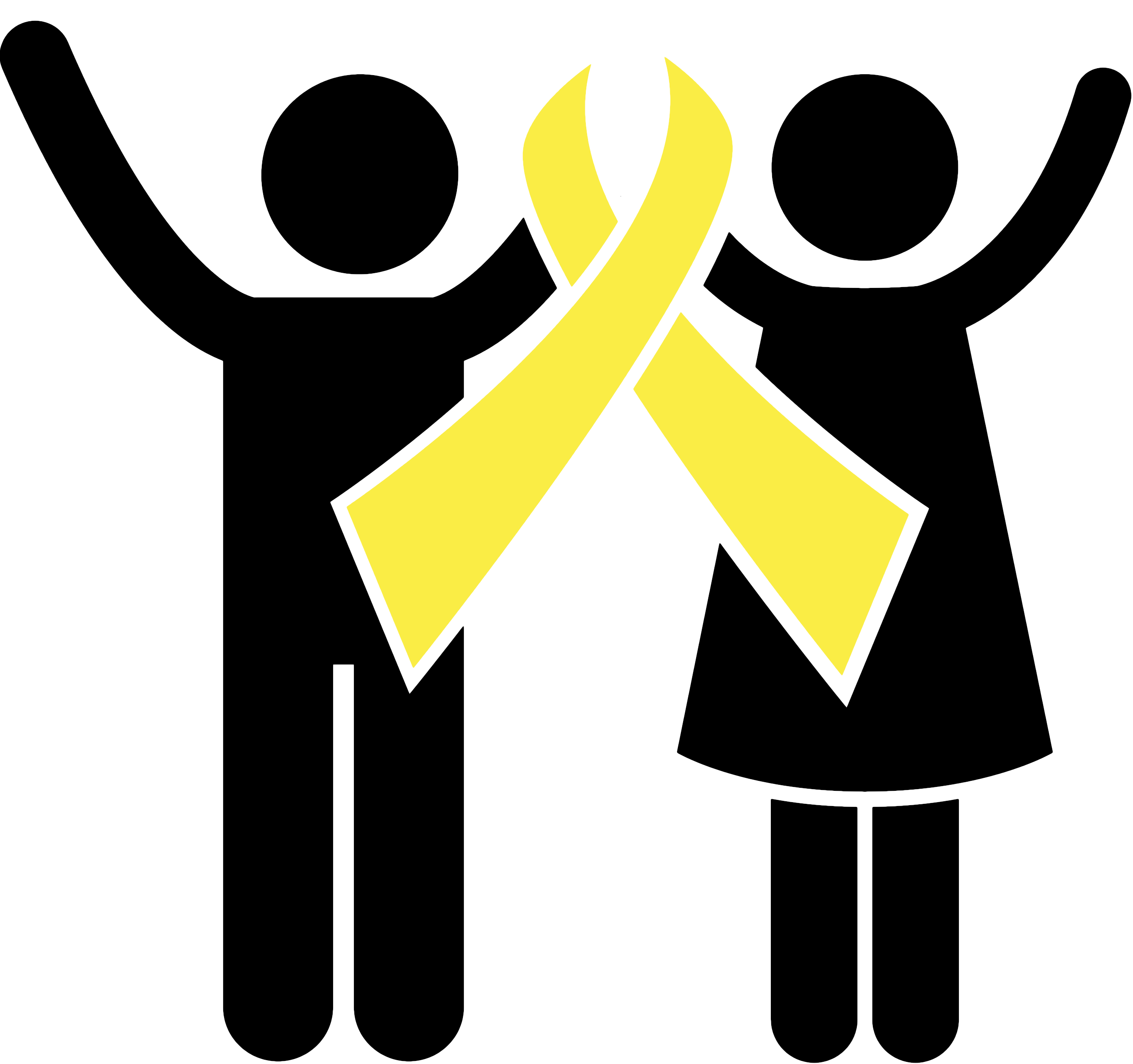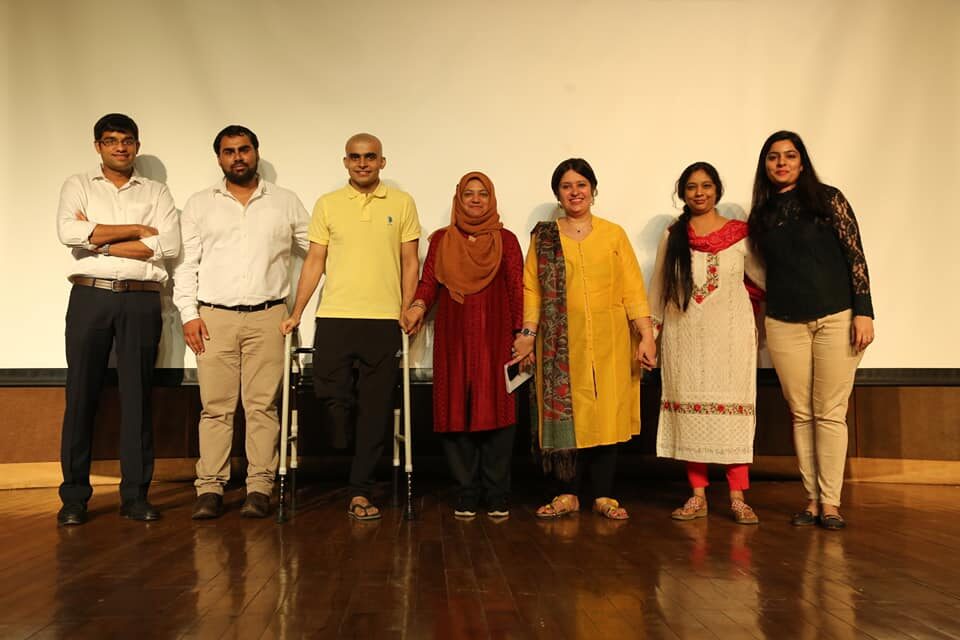What is Ewing’s sarcoma?
Ewing’s sarcoma is a rare type of cancer that occurs in bones or in the soft tissue around the bones. Ewing sarcoma most often begins in the leg bones and in the pelvis, but it can occur in any bone.
Is Ewing’s Sarcoma a childhood or an adult disease ?
It is common in young adults. The peak ages are between 10 and 20. It is less common before the age of 5 and after the age of 30, but younger children and older adults can also get Ewing’s sarcoma.
What are the sites for Ewing’s Sarcoma?
The most common sites for Ewing’s Sarcoma are the pelvis, the thigh, and the trunk of the body.
What are the early signs & symptoms of Ewing’s Sarcoma?
The most common early signs of Ewing’s sarcoma are pain and swelling.
It vary from person to person and depending on the location and size of the cancer.
- The most common symptoms are pain and swelling or tenderness in the affected area.
- the tumour can interfere with movement and can weaken the bones
- Unexplained tiredness.
- Fever with no known cause.
- Losing weight without trying.
How is Ewing’s sarcoma diagnosed ?
- complete medical examination
- blood test as bone tumours can be associated with increased levels of certain enzymes in the blood.
- X-rays
- Computed tomography (CT scan)
- Magnetic resonance imaging (MRI)
- Positron emission tomography (PET) scan
- Radionuclide bone scan
- If Radiological scans suggest that a tumour might be present then a biopsy
- Block review by expert sarcoma pathologist
What are the treatment options for Ewing’s Sarcoma ?
Treatment of bone cancers is complex and involves a team of different specialists usually within an institution that is experienced in treating these types of cancers.
Ewing’s sarcoma is usually sensitive to chemotherapy and radiotherapy. Modern treatments are based on chemotherapy combined with local therapy (surgery and/or radiotherapy to the main tumour):
- chemotherapy (using drugs to kill cancer cells)
- surgery (to take out the tumour in an operation)
- radiotherapy (using high-dose x-rays to kill cancer cells)
What is the chance of recovery ?
Overall, the chance of recovery (prognosis) for Ewing’s sarcoma / PNET has dramatically improved since the development of modern chemotherapy.
- The chance of recovery will depend on a variety of influences; if the cancer has spread, the size of the tumour, location, the person’s general health and other individual factors.
- Also important is how the cancer responds to treatment; how much of the main tumour can be removed/destroyed by surgery and/or radiotherapy, and the number of cancer cells killed by chemotherapy.
Are my relatives at risk ?
There may be some influence of genetics in the chances of developing Ewing’s Sarcoma but it is not applicable in all patients.
Is Primitive Neuroectodermal Tumour (PNET) different to Ewing’s Sarcoma ?
Peripheral primitive neuroectodermal tumor starts in soft tissues and consists of small-blue-round cells like Ewing sarcoma. Both the tumors have same genetic alterations, that is, they are associated with translocation at chromosomes 11 and 22. Therefore, they are regarded as from the same family of tumors.
What is an 11 22 translocation ?
In the Ewing’s sarcoma family of tumours a piece of chromosome 11 has moved to chromosome 22 and a piece of chromosome 22 has moved to chromosome 11. The result of this so called translocation is a recombination of two unrelated genes to form new genetic information.
The 11;22 translocation and resulting “fusion gene” are specifically found in Ewing’s sarcoma and closely related tumours and can therefore be used to help in the diagnosis of this disease.
What are the risk factors for ewing sarcoma?
No lifestyle risk factors have been identified for Ewing sarcoma. Studies of children with this cancer have found no link between chemicals, radiation, or other exposure. Ewing sarcoma doesn’t seem to run in families. The only known risk factors are age, gender, and race.
What should I know about clinical trials for Ewing Sarcoma?
Clinical trials study new kinds of cancer treatments. Experts use clinical trials to learn how well new treatments work and what their side effects are. Promising treatments are ones that work better or have fewer side effects than the current treatments. People who participate in these studies sometimes get to use treatments before the U.S. Food and Drug Administration (FDA) approves them. People who join trials also help researchers learn more about cancer. They also help people who may get cancer in the future.

